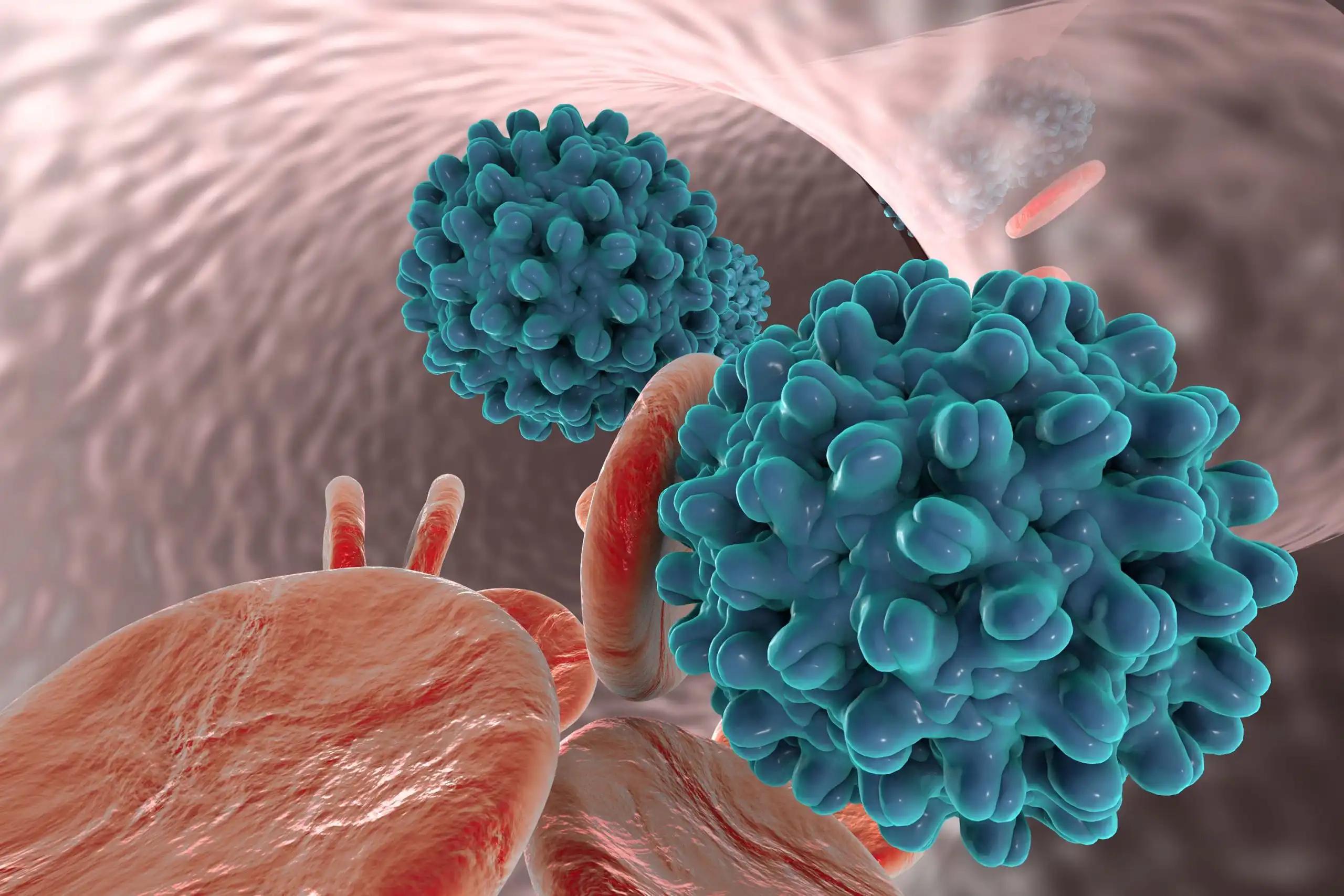KEY TAKEAWAYS
- The phase 1 trial aimed to investigate the pre-clinical efficacy of the vatalanib and paclitaxel combination in overcoming TAM-induced chemoresistance in breast cancer.
- The result concluded that TAMs contribute to paclitaxel resistance in breast cancer.
The M2 tumor-associated macrophages (TAMs) with pro-tumoral characteristics are the predominant immune cells in the breast tumor microenvironment. In the course of treatment, chemotherapy employing Taxanes is a commonly preferred clinical approach for treating breast cancer patients. But, the effectiveness of Taxanes tends to diminish over the course of treatment.
In the initial human study, Vatalanib (PTK787/ZK) demonstrated good tolerance when administered alone or in combination with paclitaxel. To overcome TAM-induced chemoresistance in breast cancer, Bhawna Deswal and her research group investigated the preclinical effectiveness of the combination of vatalanib and paclitaxel.
Researchers conducted a translational analysis focusing on the expression of BIRC5 and its association with Overall Survival (OS) in individuals with breast cancer. Their methodology involved employing Western blotting, immunofluorescence imaging, and Real-time PCR analysis to assess survivin (BIRC5), pVEGFR2, and STAT3 in vitro. To establish a syngeneic chemoresistant breast tumor model in vivo, they injected 4T1 cells and RAW 264.7 cells into BALB/c mice.
The result showed that survivin (BIRC5) upregulation in breast tumors (n=288) was measured compared to normal breast tissue (n=211) using TCGA datasets. A retrospective study further validated that an increase in BIRC5 expression correlates with a decrease in OS in breast cancer cases. Through an in vitro co-culture system, they confirmed that macrophage-secreted VEGF-A contributes to chemoresistance against paclitaxel. VEGFA, upon binding to VEGFR2, activates the transcription factor STAT3, resulting in increased expression of the anti-apoptotic protein surviving in breast cancer cells. A TAM-induced STAT3/survivin signaling could be reversed by Vatalanib to overcome chemoresistance.
The data demonstrated that combining paclitaxel with vatalanib leads to reduced M2-TAMs, indicating an effective alteration of the tumor microenvironment in the in vivo 4T1 breast tumor model.
The result showed a significant role of TAMs in imparting resistance to paclitaxel in breast cancer. The combined approach of VEGFR2 blockade and paclitaxel chemotherapy not only reduced the TAM population but also yielded improved prognostic outcomes for breast cancer.
This study is sponsored by Dana-Farber Cancer Institute and Indiana University School of Medicine.
Source: https://cslide.ctimeetingtech.com/immuno23hybrid/attendee/confcal/show/session/34
Clinical Trial: https://clinicaltrials.gov/study/NCT00358163
https://clinicaltrials.gov/study/NCT00731861
Deswal B, et al. “The Immune-microenvironment Confers Chemoresistance in Breast cancer through activation of VEGFR2/STAT3/BIRC5 signaling” Presented at ESMO IO 2023, (Abstract: 177P)



